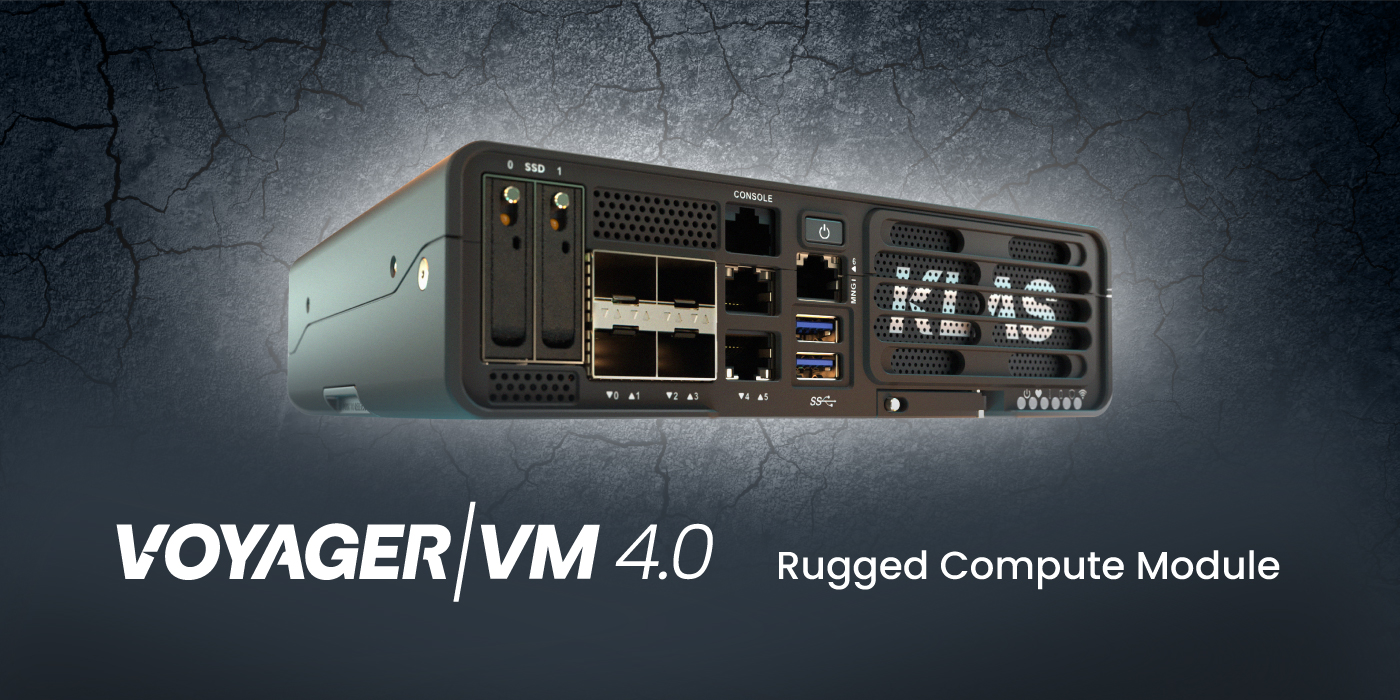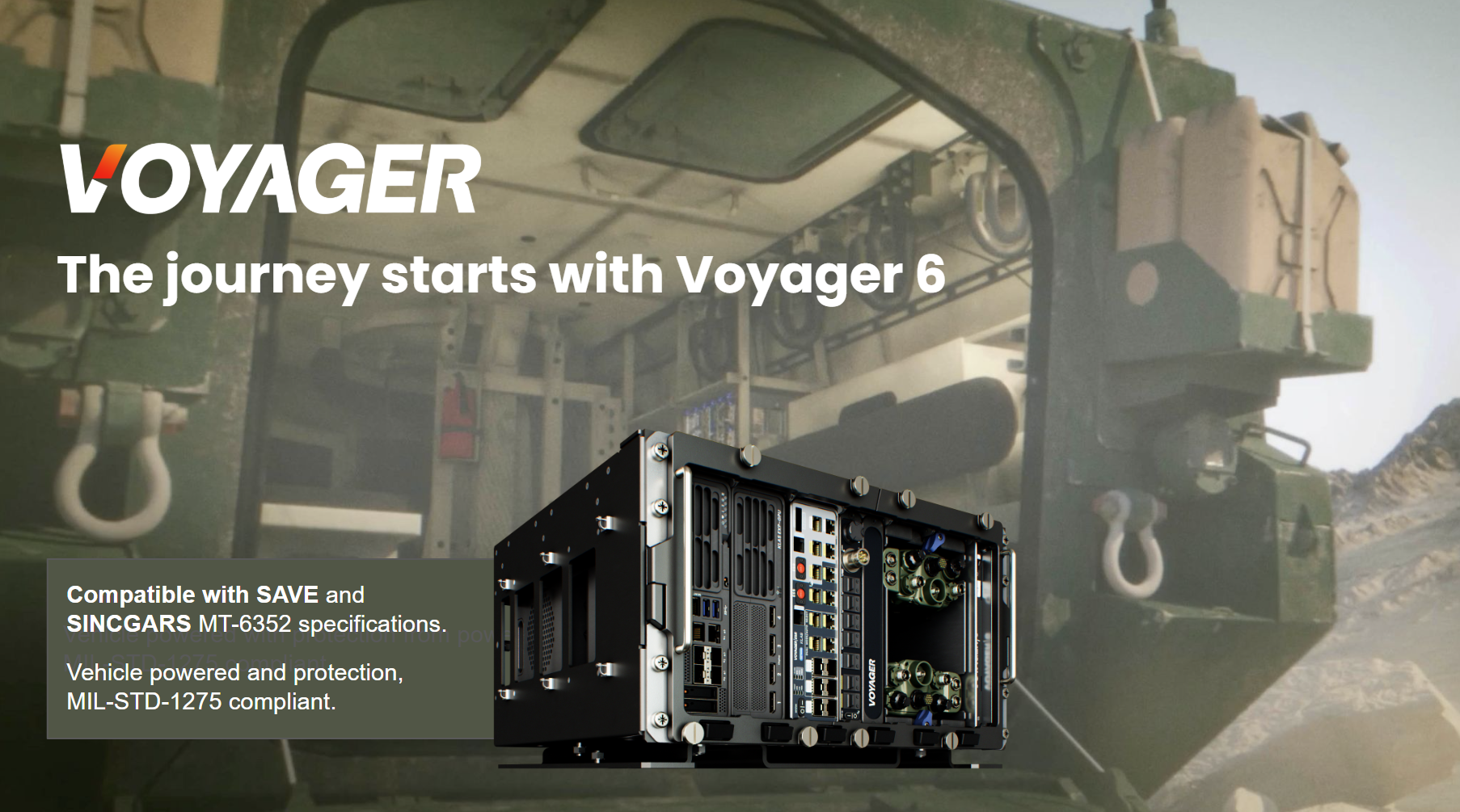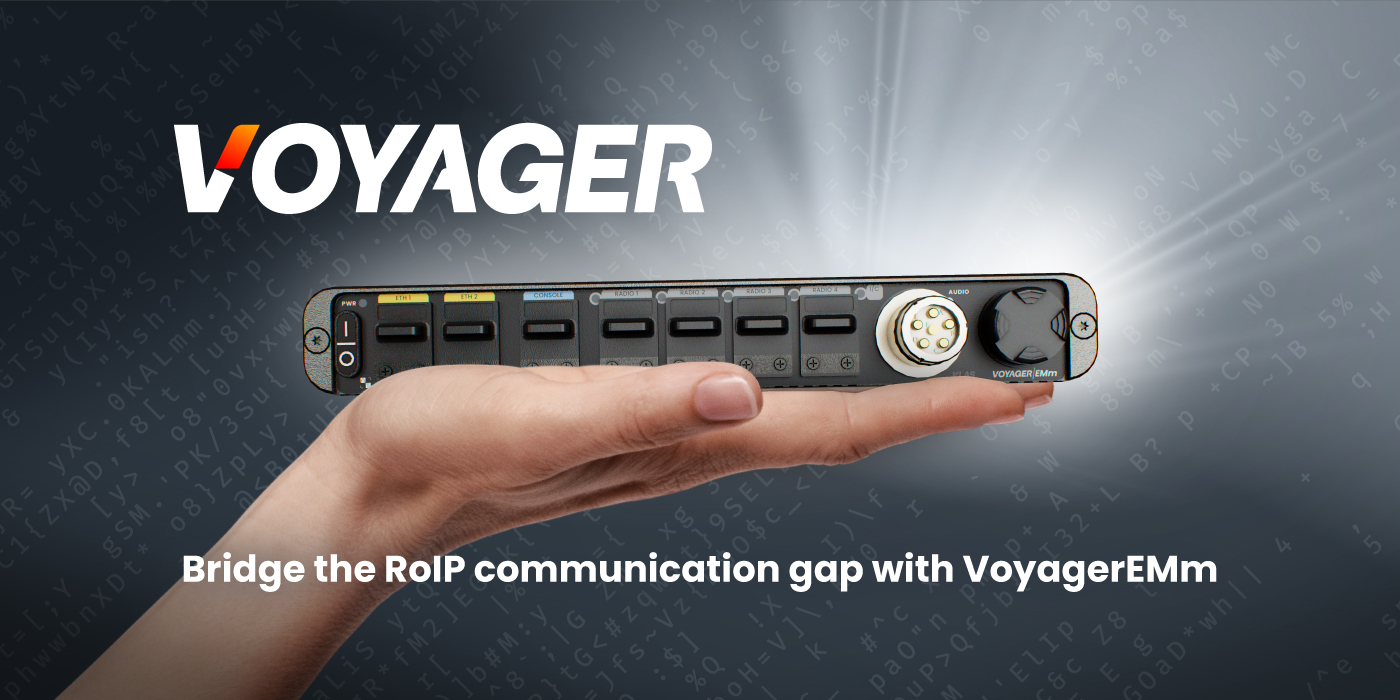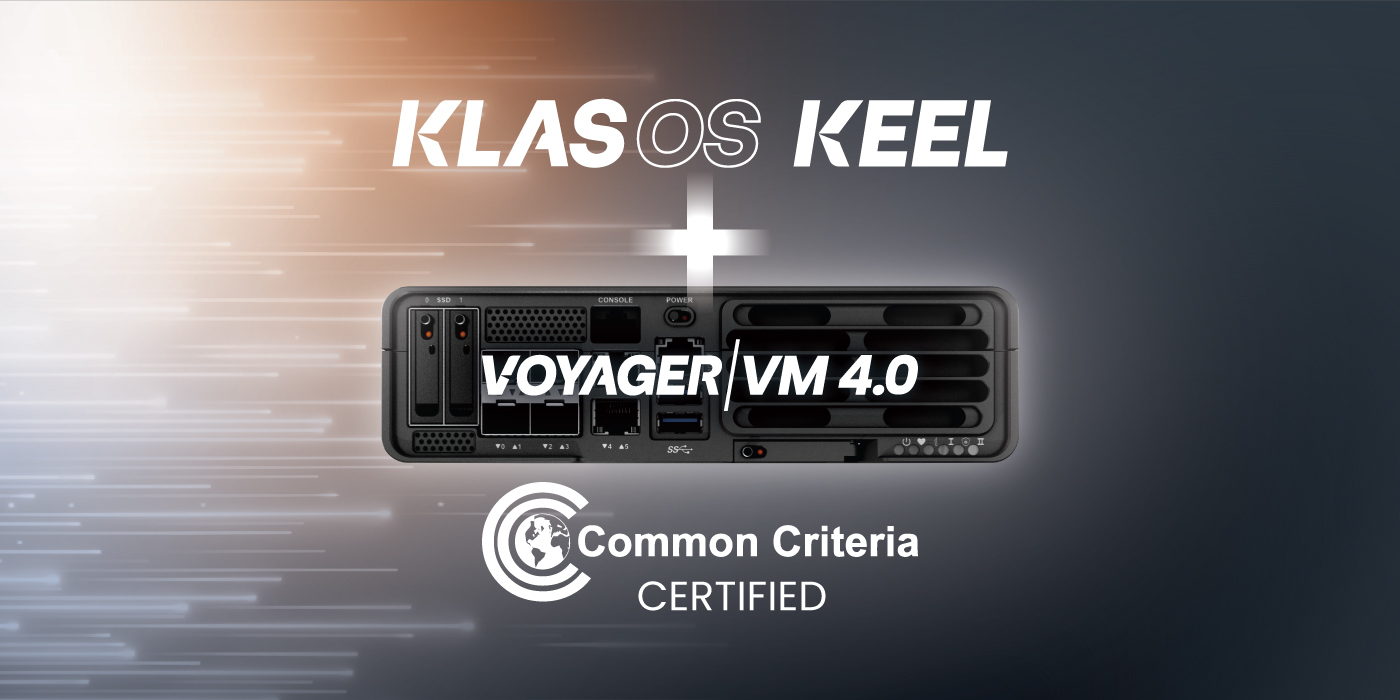In time, Klas and its competitors will all have the same Processor, Memory and Interfaces. Is it really a game changer?
Klas recently announced the availability of a new rugged edge computing platform, the VoyagerVM 4.0¹. At a high level, VoyagerVM 4.0 is built on the latest Intel® Xeon® D embedded processor² (formerly known as Ice Lake D).The processor was designed by Intel to deliver the performance required to run modern applications and compute intensive workloads in austere environments.
While in time, others will follow Klas’ lead in taking advantage of the unrivaled compute power of the Intel® Xeon® D processor, the VM4 will remain the undisputed leader in edge computing. In this blog, we will set out to explain the Klas difference and highlight why the VoyagerVM 4.0 is genuinely unique and is a game changer. But before we do that, we need to understand what the edge is and what is required to be innovative at that edge.
Edge communication without boundaries
To paraphrase Gartner³, the edge is where information is gathered and processed, allowing machines and people to act on the information independently of a centralized location or resource. In other words, the edge is made up of a highly distributed topology of compute, with key enablers of storage, networking and communications.
The first differentiator for Klas, is that the VoyagerVM 4.0 is part of a larger family of proven deployed modules that include all the enablers of the edge. Unlike traditional OEM vendors, who only offer edge compute, Klas has a range of edge expansion modules and chassis that complement the VoyagerVM 4.0, which include communication over wired, wireless, radio and satellite connectivity. Today, Klas is the only vendor that delivers all of the solution capability for an edge without boundaries.
Future-proof innovation at the edge
As highlighted, the edge is where information is gathered and processed. The known unknown is that the type of information and data collected at the edge will vary widely and exponentially grow year on year.
Take for example camera sensors used in computer vision across multiple industry verticals of military, transportation and automotive. What we do know is that the number of cameras being added to the edge is growing, and each year a new camera comes to the market with higher image resolutions. With the Intel Xeon D, and VoyagerVM 4.0’s flexible networking interfaces it’s possible to start with a few connected devices at the edge and scale out to process up to 100Gbps of aggregated throughput and store it locally on the 16TB SSD.
The next big differentiator for Klas, is that we know you will either:
- Hit those upper limits sooner rather than later.
- Need to change the scope of the edge to meet the business needs of tomorrow.
When it came to designing the VoyagerVM 4.0, Klas engineers came up with an innovative idea of adding additional capabilities and capacity, with snap-on modules, consequently eliminating the need for expensive upgrades and network architecture forklifts, while requiring minimal IT expertise and effort.
The VoyagerVM 4.0 comes with a family of snap-on modules (SOM), such as storage, GPU, or custom made for you. At any time, the VoyagerVM 4.0 can be extended to meet the business needs of tomorrow, by simply snapping-on a 240TB storage cassette SOM or a GPU SOM. With confidence you can now innovate with an open mind, knowing you are not restricted with a single use siloed compute device.
Enhanced security at the edge
A best practice when it comes to security at the edge, is to trust nothing and nobody. The Intel Xeon D (10th gen processor) is packed with hardware accelerated security features ensuring that the boot configuration and OS can be trusted each time the VoyagerVM 4.0 starts. In addition, the new Xeon D supports hardware acceleration of the latest encryption algorithms, ensuring robust security for the data at rest and when in transmission.
The VoyagerVM 4.0 has four NVMe based storage disks. One is fixed onboard and can be dedicated to run a secure OS. The remaining three are free for cache and storage (up to 16TB). Recognizing that the edge is remote, VoyagerVM 4.0 comes with self-encrypting drives. In the event of someone removing the disks, there is nothing to see. A further best practice is to trust no one, the VoyagerVM has no open peripherals such as display ports and keyboard/mouse interfaces. There is simply nowhere for the curious mind to plug into to have a play around.
As standard, the VoyagerVM 4.0 ships with KlasOS Keel. Keel is a lightweight OS that supports virtualization, telemetrics and management. A key differentiator with Klas is that we take security seriously and we put our software through rigorous testing, ensuring compliance to the highest standards of NIAP Common Criteria (CC).
Rugged edge compute — not ruggedized
We have a mantra at Klas of being TrueTactical™, which highlights the difference of rugged versus ruggedization⁴. The key takeaway is that the VoyagerVM 4.0 is designed from the ground up as rugged, to run at full capacity unimpeded by the extremes of ambient air temperature that the edge may experience.
Unlike other vendors, who will attempt to shoehorn the new Xeon D into existing chassis models, Klas has designed a completely new chassis but maintained the same beloved Voyager form factor. The new VoyagerVM 4.0 has all the power and cooling capabilities to maximize performance of the Xeon D. Further evidence that the VoyagerVM 4.0 chassis is new, is the addition of the innovative rugged expansion interface.
Unrivaled flexibility at the edge
VoyagerVM 4.0 offers unrivaled flexibility to scale and grow at the edge. As already mentioned, at any time you can add additional capabilities using the snap-on modules. Alternatively, you can add more compute and create a compute cluster using our existing range of Voyager Plus chassis.
As a final differentiator, our solutions are future proofed. The Xeon D processor consumes more power than its predecessors. Today, the 10th gen Xeon D will be a challenge for our competitors, as they simply don’t have the power built into their solutions. The most likely outcome is an expensive forklift upgrade of the edge; one that can be avoided with the VoyagerVM 4.0 from Klas — the undisputed leader in edge compute.
Resources
- https://www.klasgroup.com/products/voyager-vm-4-0/
- https://www.intel.com/content/www/us/en/products/platforms/details/ice-lake-d.html
- https://www.gartner.com/en/information-technology/glossary/edge-computing
- https://www.klasgroup.com/the-future-of-the-tactical-edge/
Further Reading
Securing the cloud at the edge with VoyagerVM 4.0
VoyagerVM 4.0 the power to do more at the Tactical Edge






